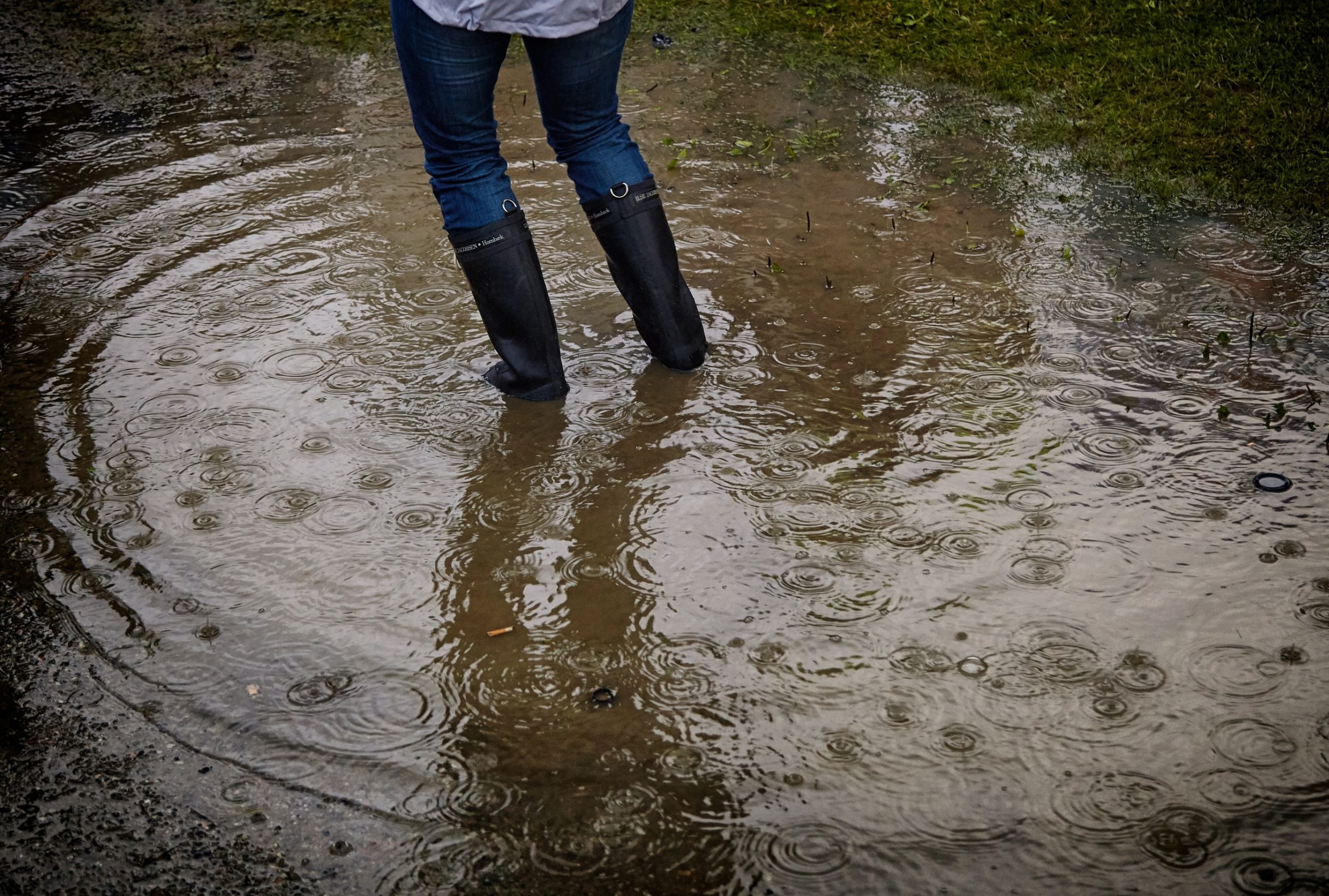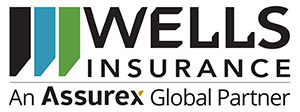
Debating whether or not you should get a flood insurance policy? Check out this reassuring advice below:
We all need flood insurance because almost every building can be damaged by surface water. If you don’t believe that statement, consider the following:
- Nearly all policies do not cover flood. Some Auto-Owners policyholders qualify for the Inland Flood endorsement on their homeowners or farm policy, but if you don’t have that, the policy will not cover flood-related damages.
- Flood damage can be messy and expensive to repair. Several inches of water in a building can generate $10,000 or more in repair and cleanup costs. For most buildings, flood insurance is inexpensive when compared to the cost of recovering from even a modest flood.
- Floods don’t only impact buildings near a river or along the coast. As the saying goes, where it rains, it floods, and it rains everywhere. Extreme, “once in a lifetime” intensity rainstorms are occurring more frequently in many parts of the country. If you happen to be impacted by one of those extreme rainstorms, you have a good chance of suffering flood damage. Remember that floods don’t always involve water rising from a river or lake. They often involve water flowing down an incline.
- You need flood insurance to qualify for federally insured mortgage on a building located in an area classified by the Federal Emergency Management Agency (FEMA) as Special Flood Insurance Area (or floodplain). Even if you don’t have a mortgage, and therefore do not have a lender requiring flood insurance, your risk of suffering flood damage remains.
The flood maps FEMA uses to identify local floodplains can underestimate the number of properties with an increased exposure to flooding. One recent study suggested there are actually three times as many buildings with an increased risk of flooding than are identified by FEMA’s flood risk maps.
Unless you purchase coverage at the request of a lender for a loan closing, there is a 30-day waiting period before a flood insurance policy can take effect.
Contact our agency now to get a policy in effect for the upcoming flood season. For more information on flooding, click here.




Leave a reply